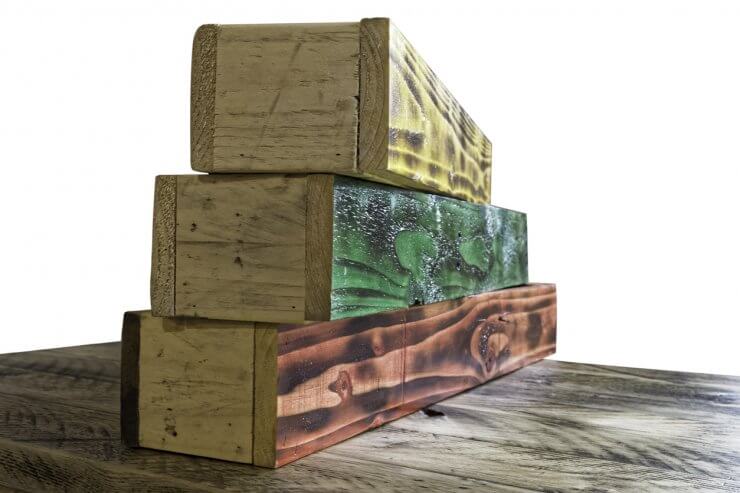Embarking on a DIY adventure to create window box planters not only adds charm to your windowsill but also offers a practical solution for growing veggies and herbs. While window boxes are often adorned with flowers, envision a vibrant “chef’s mix” window box, adding both color and culinary utility to your kitchen vista. The possibilities are endless, and the process can be as simple as repurposing materials with a touch of creativity.
One inspiring encounter with a steampunk-themed window box fueled my desire to explore the intersection of aesthetics and practicality. Adorned with intricate metal gears, copper piping, and pocket watches, it housed not just a visual spectacle but also thriving garlic plants. This prompted the realization that window boxes can be transformed into culinary havens, enhancing both the visual appeal and functionality of your space.
Creating your own DIY window box planters requires thoughtful consideration, particularly regarding the materials used. A crucial aspect is ensuring that all components are free from chemical treatments that could compromise the safety of your edible plants. While the allure of repurposing pallets for projects is tempting, caution is advised due to potential chemical exposure. Opt for untreated wood when planting herbs and greens, ensuring a food-friendly environment for your crops.

Materials for crafting DIY window box planters can vary, but simplicity is key. Window box brackets, available for purchase, provide stability and ease of installation, eliminating the need for extensive drilling. When selecting materials for the planter itself, prioritize lightweight, food-safe options. Galvanized tubs can be repurposed effectively, provided you drill drainage holes in the bottom. Cedar, a classic choice, is naturally resistant to rot, making it an excellent option for DIY planters.
Equipping yourself with basic tools such as a saw, screwdriver or drill, 3″ screws, wood glue, and untreated wood positions you for a straightforward crafting process. Cedar, with its rot-resistant properties, is a recommended choice for the 1″ x 8″ boards that form the planter structure.
Constructing your window box planter involves a few simple steps:
- Measure and cut three boards to the desired length for the planter.
- Cut two end pieces into 6″ widths.
- Glue the end pieces to each end of one longer board, creating a rectangular base.
- Glue the second longer board to the tops of the end pieces.
- Secure the structure with screws, ensuring stability.
- Place the third board on top to form the planter’s front.
- Secure the bottom with screws along the edges.
- Sand any rough edges and attach the planter to the brackets.
With your window box planter ready, it’s time to unleash your culinary creativity. Fill it with soil and your favorite container veggies, or experiment with edible flowers and flowering herbs like nasturtiums, dill, or mint.
If food-friendly materials are unavailable, consider constructing a window box to hold pots.
Share your favorite window box plantings in the comments below and let the culinary gardening adventure begin!


 Previous
Previous

